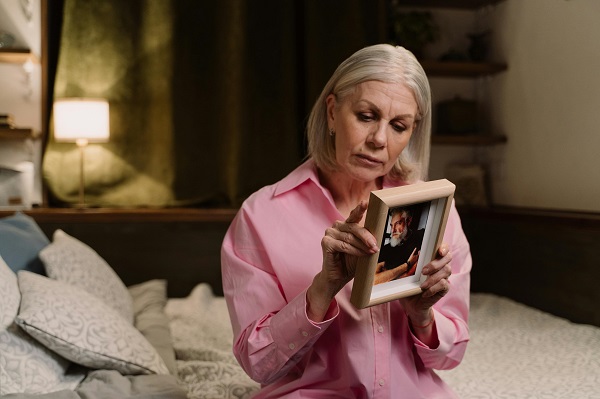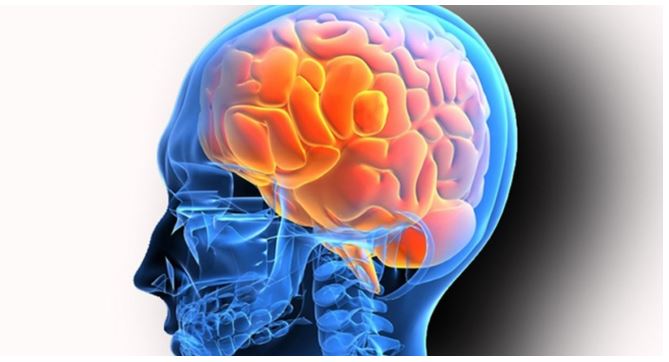“Coping with a chronic illness is work”, Carolyn Thomas
A very new book has just been published by Carolyn Thomas: A Woman’s Guide to Living with Heart Disease, Baltimore: Johns Hopkins University Press, 2017. It is one of a kind! Finally, a book that allows the woman with heart disease or those with a family history of heart disease, to pour over it and sigh with relief as questions about the leading cause of death among women is now in print as a source of expert information. Furthermore, it is written in a style everyone can understand.
I have been following Carolyn’s blog Heart Sisters for the past four and a half years since my own heart attack. Any questions I have had about my poor little damaged heart have been answered, not by a cardiologist, but through Carolyn’s blogs. She has been my salvation these many years. We have never met face-to-face even though we live in the same country. Canada is vast. I live on the east coast, and she is on the west coast of this second-largest country in the world. But though we live thousands of miles from one another we have become friends, sort of like the pen pals of yesteryear.
Click Here to Visit the Store and find Much More….
Permission to post book cover given by Carolyn Thomas
When the American women’s health collective Our Bodies Ourselves first decided many years ago to acknowledge 22 women in the world who had contributed to women’s health, we were the only two Canadians to be so honored. Carolyn contacted me through this website of mine and a friendship was created. I was not particularly concerned about heart disease at the time but that was about to change. I did, however, acknowledge that fibromyalgia and heart disease had many attributes in common. Both were chronic and while one was life-threatening the other was not.
One could be treated with life-saving medications and treatments, while the other was not successfully managed with medications. More research on heart disease in general, (but not specifically for women) was available, while fibromyalgia was still regarded by many to be malingering, especially since it appeared to affect mainly women.
However, what we shared in common was that both conditions are invisible and many of the symptoms are alike. Both seriously affect the quality of life. Furthermore, in terms of the commonality of these conditions, research about women living with fibromyalgia and heart disease was sadly inadequate. But, importantly, there is a very significant difference. Heart disease is an actual disease, while fibromyalgia is a dis-ease of the central nervous system.
What has it been like for me, living with both? I seem to be constantly in a state of uncertainty. I often ask myself if this is a symptom of my heart or am I having a flare-up of fibromyalgia? Should I see my family doctor? (I don’t have a cardiologist. I was told after my labeled ‘major’ heart attack and stent, that I was “good to go” and unless something new developed my family doctor could handle any concerns I had! I didn’t receive any advice from cardiologists or nurses in the hospital before discharge, although I was given a pamphlet about diet and exercise.)
But, I don’t bother my family doctor about fibromyalgia issues as there isn’t anything she can do. I am my own expert on this dis-ease. I would, however, book a visit with her if I was convinced it was a heart issue, but I am usually unsure, so I ruminate and wait it out. Many of the symptoms of the two conditions are alike. Both can cause pain and both can have debilitating fatigue, among a host of other symptoms in common.
Dizziness, shortness of breath, increased anxiety and what they mean for me can be very upsetting. The dilemma has caused considerable angst these past four and a half years. Added to which my trusted family doctor of 28 years recently retired. He was great support for me and I don’t know the new female doctor who replaced him. So, I see a physician relatively rarely.
To add more confusion to my journey through this maze, last year I had hip surgery which in hindsight seems to be less than I had some degree of arthritis but was more than the buttock muscles of that hip had torn away from the bone. Radiating pain obviously ensued. Fibromyalgia? Heart attack about to happen? My muscles are weak as with most of us with fibromyalgia.
Some of us can tolerate small or moderate amounts of exercise while many cannot. On the one hand, I should exercise every day but if it is too vigorous it causes an intense flare–up. The hip surgery, like all surgeries for those of us with fibromyalgia, was not tolerated very well, even worse for those of us with heart disease. Walking even moderate distances is compromised. Along with aging, heart disease, and fibromyalgia, I am struggling with low energy. I say this with tongue in cheek, however, as I have a relatively busy and happy life despite constant pain and fatigue.
But, I once was a runner, then I became a walker of somewhat long distances, now I can only walk for 10 minutes and am exhausted and in pain. This fibromyalgia pain is a devil. It moves around and I know not where it will strike at any time. Lately, it has been on the top of both feet. No expert has been able to tell me why. In fact, x-rays of both feet have not revealed anything amiss. I worry because with heart disease exercise is primary, and even though I can tolerate 20 minutes on my exercise bike at least five times a week, it isn’t walking that I love, and miss most. Fibromyalgia is the most challenging in my life. Heart disease is the most worrisome.
Click Here to Visit the Store and find Much More….
Ah, but wait. The times are a-changin‘, as Carolyn has now presented us with excellent research, support, and recognition that heart disease in women must be more seriously addressed by health professionals and, that it generally differs from men with heart disease. And now, interestingly, with Lady Gaga, a well-known entertainer, coming out acknowledging she has fibromyalgia, the public is more aware of this syndrome than ever before.
I have been approached by two self-publishing companies since then asking if I wanted a rewrite of my old book on fibromyalgia. I have not been enticed to do so yet, as living with two chronic conditions sometimes feels like the burden is too much. It is indeed hard work. As Carolyn has written on her most recent blog, writing is an exhausting undertaking and that adds to the daily struggles.
It is not only women who have fibromyalgia but often men in the military. While those suffering from PTSD are predominantly male military veterans, they have not had the label of a ‘women’s‘ dis-ease. I have written that fibromyalgia is either an identical or a fraternal twin of PTSD and that these two syndromes and their labels are significant in terms of whether or not they are credible conditions.
I have also written about the many research findings of the ways in which to ‘change the brain’ for those of us with highly sensitive personalities who live with fibromyalgia. Fortunately, there is more than can be done for women with heart disease that is more direct and evidence-based, if only women were listened to with the same amount of attention as men.
For now, this about sums up my treatise about fibromyalgia and the denigration of this chronic pain syndrome said to be a women’s ‘neurosis’. On to a heralding of this magnificent book of Carolyn’s and the questions (and answers) that are posed. Why is it that breast cancer has gained such public sympathy and financial support, while women and heart disease, the leading cause of death in women, have remained a quiet torment for those of us living with or dying from the lack of information and treatment because we are women?
Answers to these and other questions are addressed in her blogs and the book. Carolyn and I are both white, privileged women who can speak up on our own behalf about our health issues. It is the disenfranchised, suffering women whose voices we must speak for as we walk this path with our own challenges. Neither of us sees ourselves as victims but as women who have wonderful support from family and friends.
We are not poor. We live in Canada where we have universal health care. We can afford to speak out on behalf of our sisters. In the meantime, I can gaze at the beginning of the lovely foliage in our Nova Scotia autumn and although I am in the winter of my life I consider myself fortunate to have met Carolyn online and continue to be in awe of the gift she has presented to women.

Click Here to Visit the Store and find Much More….
For More Information Related to Fibromyalgia Visit below sites:
References:
Fibromyalgia Contact Us Directly
Click here to Contact us Directly on Inbox
Official Fibromyalgia Blogs
Click here to Get the latest Chronic illness Updates
Fibromyalgia Stores





